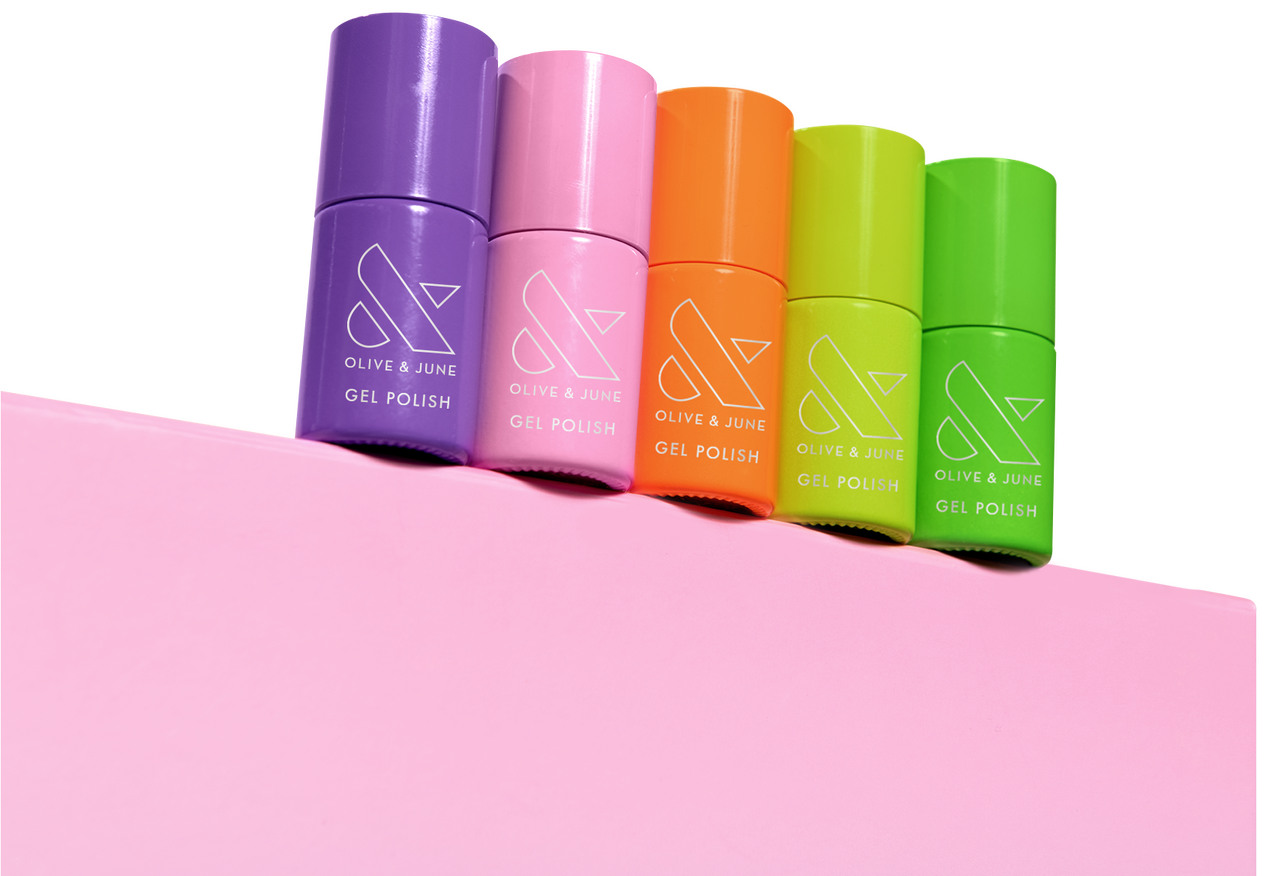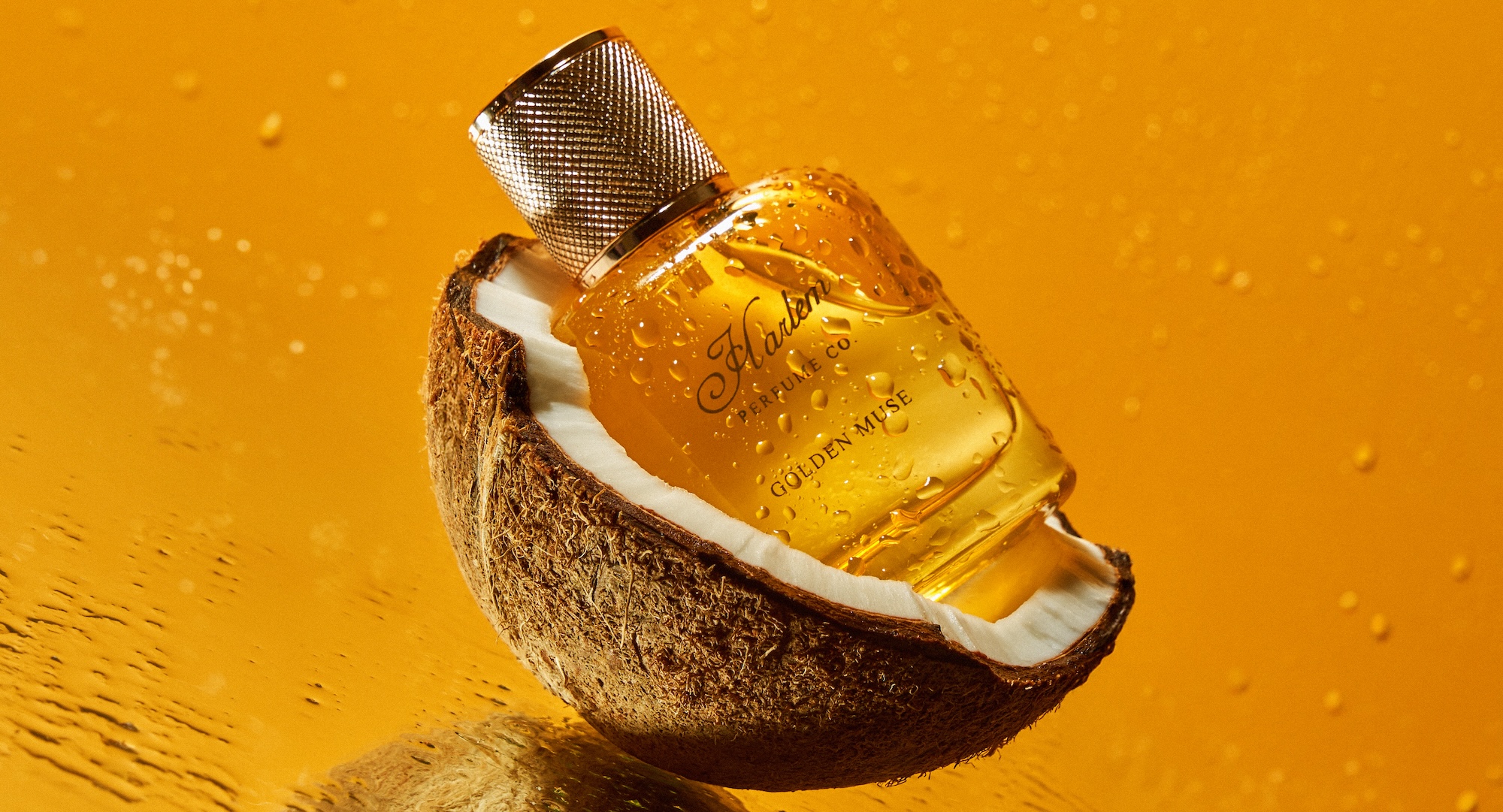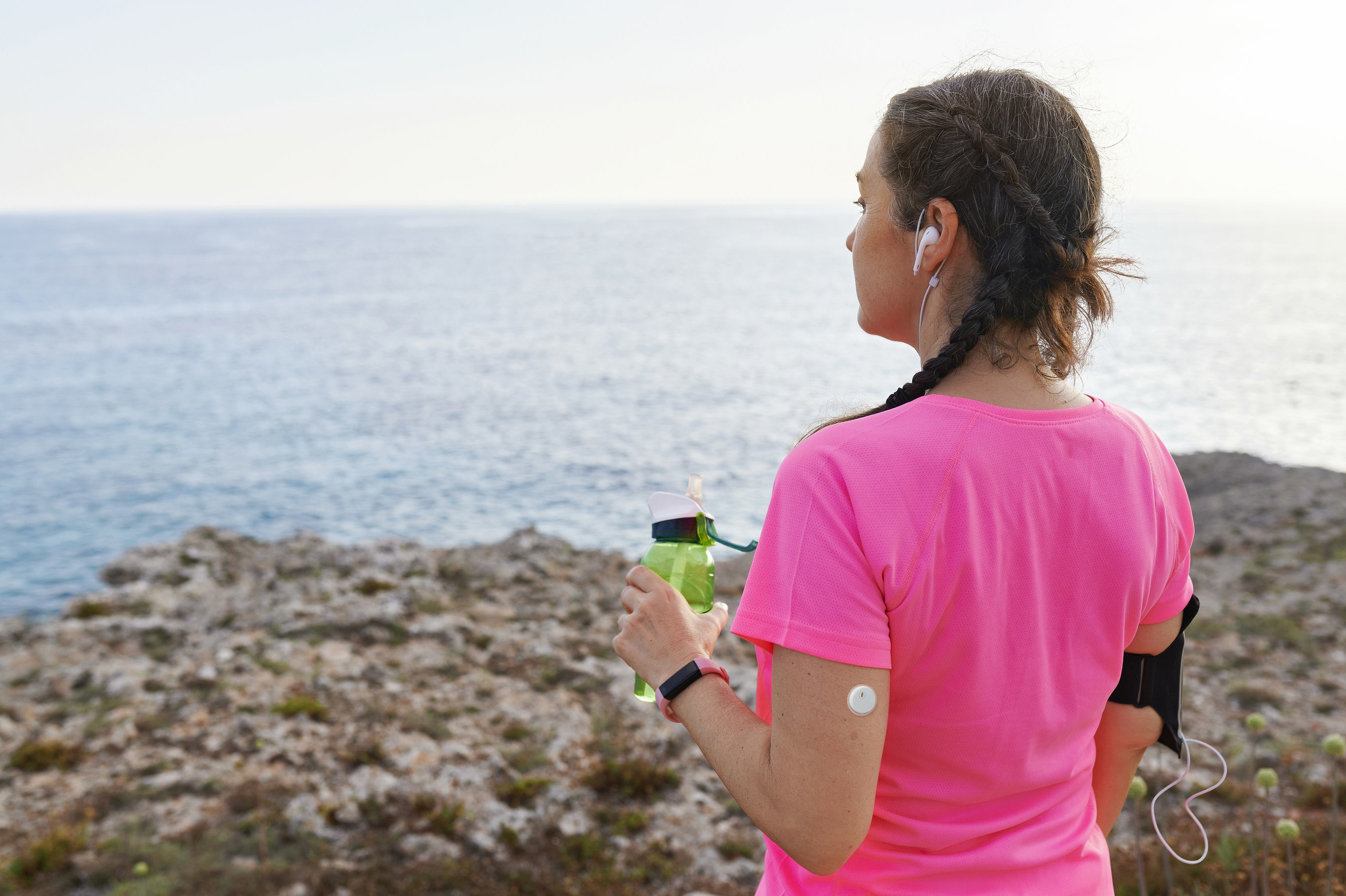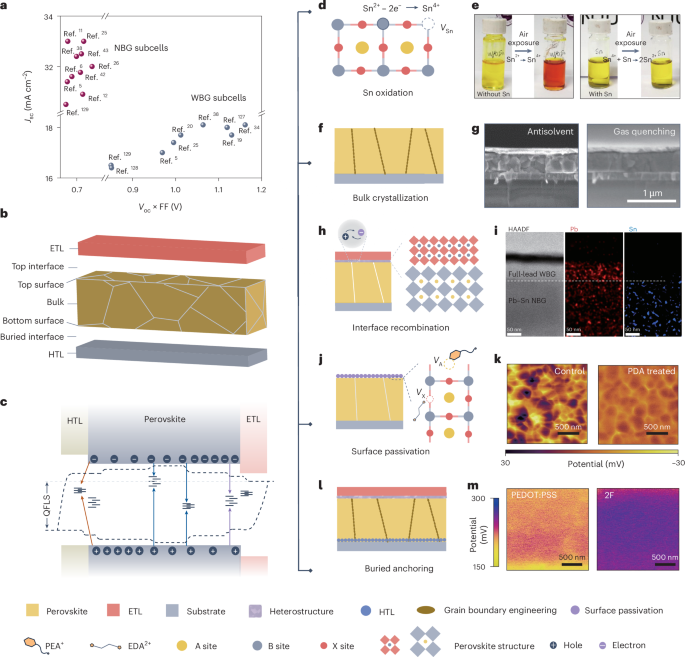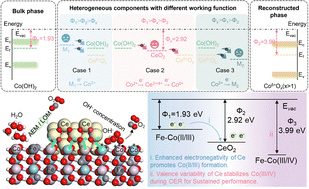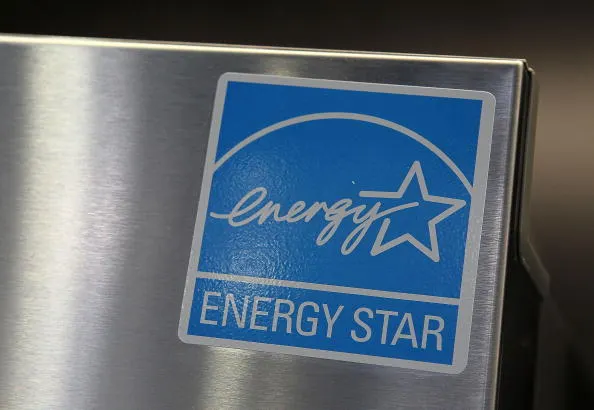Fabrication of Janus‐adhesion Multifunctional Hydrogel Based on β‐cyclodextrin for Wound Dressing
Advanced Healthcare Materials, EarlyView.

A thermoresponsive wound dressing based on pH/thermal-responsive supramolecular hydrogels exhibits Janus-like adhesion and self-healing at low temperatures. It has excellent mechanical strength, and biocompatibility, and enables sustained drug release. In vivo studies show that CACN hydrogel can enhance wound healing, which demonstrates it has a potential for clinical applications in wound dressing and tissue adhesives.
Abstract
Conventional wound dressings frequently face challenges of insufficient mechanical strength, inadequate adhesion, irregular drug release, and contamination from adherence to extraneous surfaces. These issues can lead to wound contamination and the risk of secondary injuries. In this work, a robust, thermoresponsive wound dressing is developed based on pH/thermal-responsive supramolecular hydrogels, synthesized by integrating N-isopropyl acrylamide, carboxymethyl cellulose, and β-cyclodextrin-grafted poly(acrylic acid). The novel finding is that the hydrogel exhibits a Janus-like adhesion, wherein it adheres stably to the wound while losing adhesion to external environments resulting in reduced accumulation of impurities. The prepared hydrogels can self-heal at low temperatures. It has antioxidant properties and excellent biocompatibility that can continuously and stably release active medicines. In vivo experiments in a rat model of full-thickness skin wounds show that the hydrogels positively accelerate wound healing. The unique physicochemical properties and biological interactions of this multifunctional supramolecular hydrogel provide a promise for advancing wound management by modulating tissue adhesion.









































